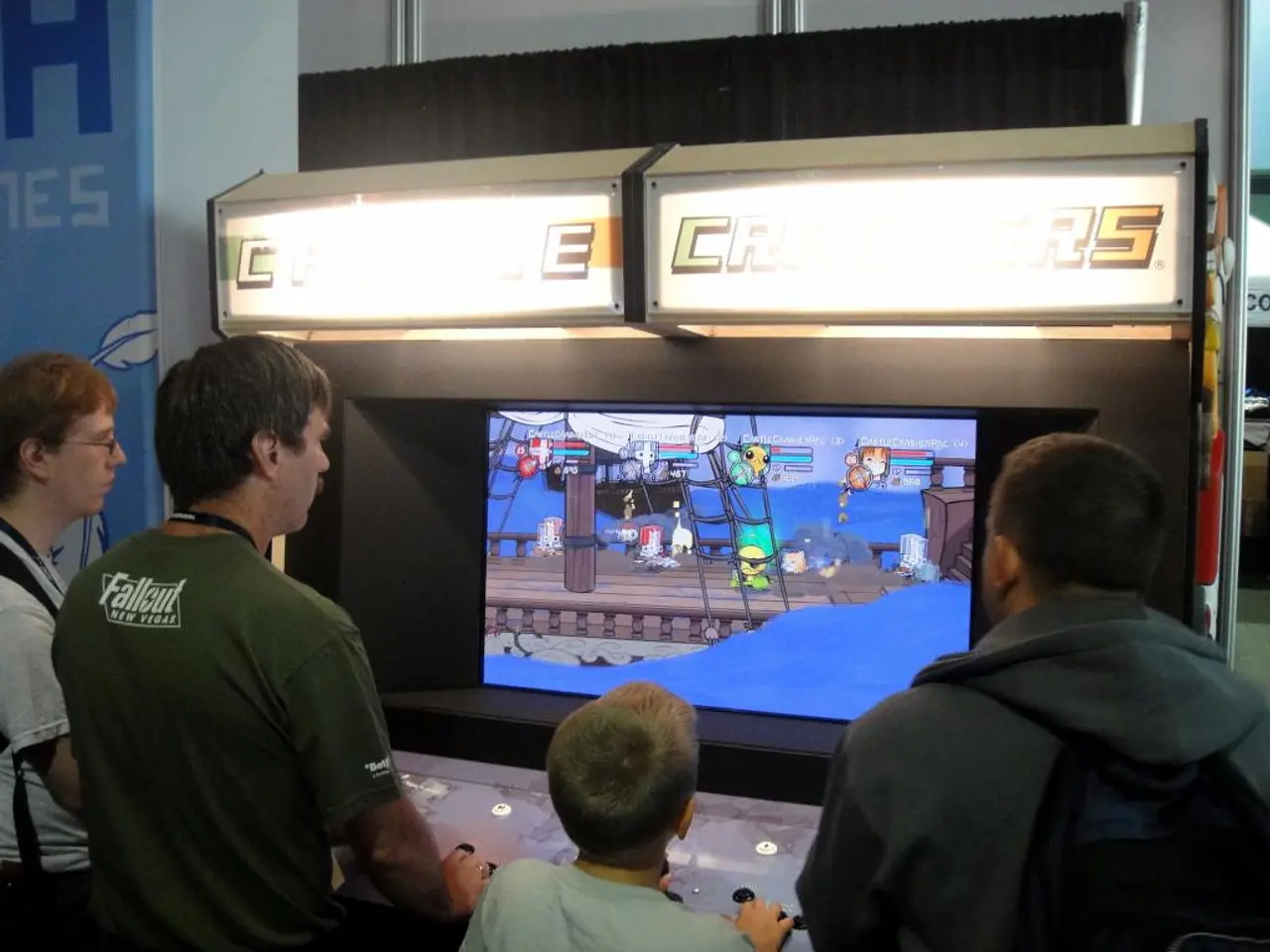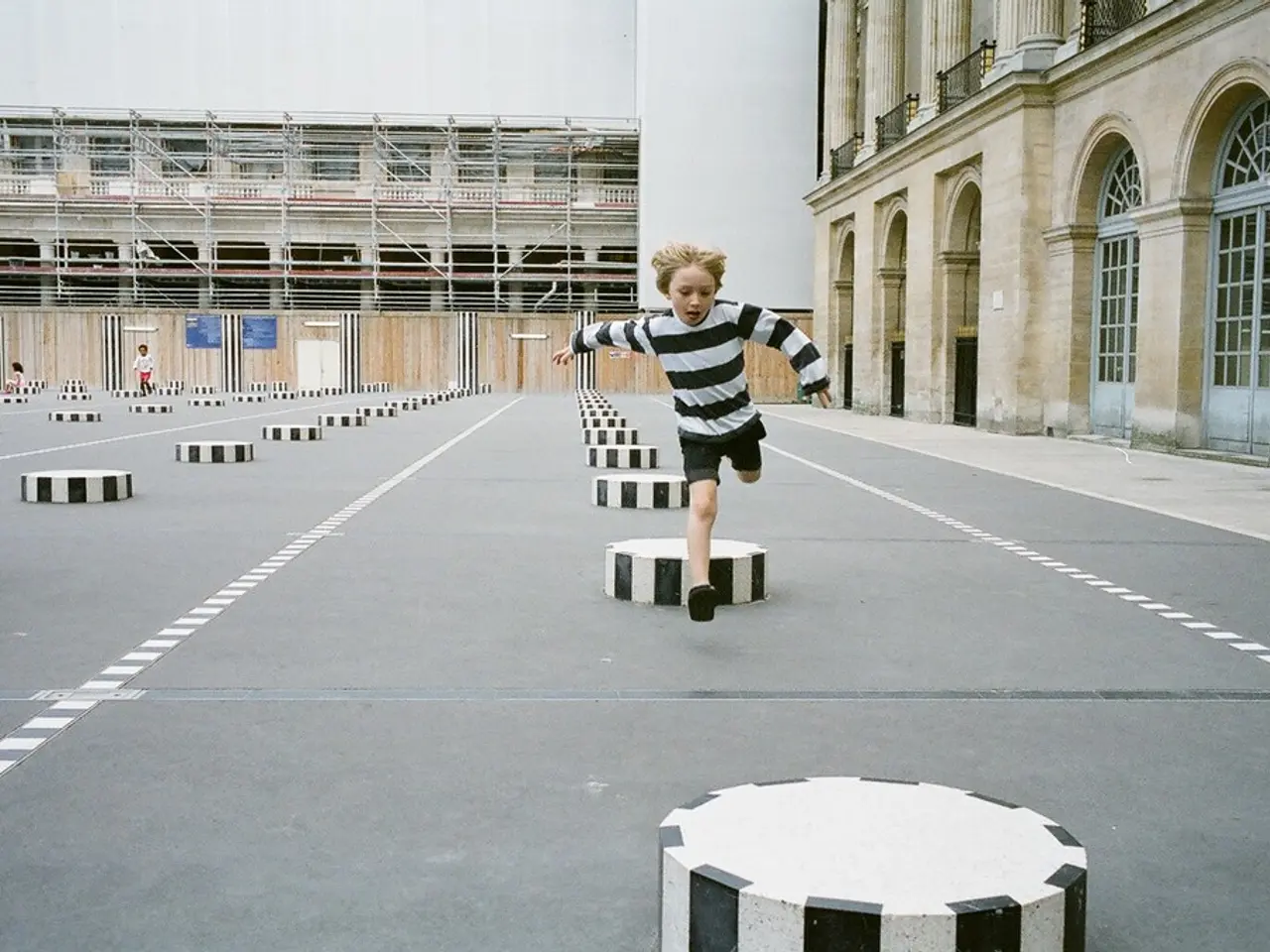Investigatinglessons derivedfrom mistakes at the Children's Museum
Hey there! Let's dive into the fascinating world of children's museums. These unique spaces buck the traditional educational norms and instead offer a place where the young minds can learn through trial and error - a valuable life skill often overlooked in our performance-driven society.
At children's museums, failure is not taboo; instead, it's celebrated as a stepping stone towards growth. You see, when kids stumble, misjudge, or just plain-old mess up, they're not met with scorn or frustration. Instead, they're given the tools and encouragement to pick themselves up, dust off, and try again.
But why all this emphasis on failure? Well, because it's a powerful engine of cognitive development! According to the renowned Swiss psychologist Jean Piaget, children build knowledge through active engagement with their environment. In other words, mistakes are not setbacks, they're learning opportunities!
Stanford professor Manu Kapur has aptly coined this approach as 'productive failure'. Essentially, it encourages children to attempt to solve problems before being shown the answers. Kapur's research shows that students who initially struggle often outperform those who are immediately taught solutions. In one study involving Kapur, students who engaged in problem-solving before instruction developed a deeper conceptual understanding.
Failure isn't just beneficial in the classroom, either. Early in life, during the critical period of high neural plasticity, learning through failure is even more profound. Children develop essential cognitive functions like working memory, inhibitory control, and cognitive flexibility through facing and overcoming challenges.
Children's museums, like the Children's Museum we're focusing on, design exhibits with built-in opportunities for trial, error, and revision. These are not just fun activities, but carefully crafted learning environments that encourage persistence and deep thought.
For example, consider the Domino Drop. Kids align large domino tiles, often misjudging spacing or angle on the first try. When the domino chain collapses midway, they reorganize, problem-solve, and retry. It's engineering, physics, and emotional regulation all in one joyful package!
In summary, the Children's Museum is all about embracing failure as an essential part of the learning process. It's about creating safe, supportive spaces where kids can grow, experiment, and learn through their mistakes. By providing these valuable opportunities, children develop not just academic skills, but lifelong traits like resilience, creativity, and confidence.
And the best part? The lessons learned in these crowded, noisy, and colorful rooms don't have to end at the exit. Parents and caregivers can create similar environments at home by encouraging risk-taking, asking reflective questions, and appreciating the process over the result. Let's face it; who wouldn't want a world full of persistent, adaptable, and creative problem-solvers?
References:- Stanford University: When Failure Leads to Learning- Harvard Center on the Developing Child: Building Core Capabilities- APA: Grit and Success- Carol Dweck's Growth Mindset Research- LEGO Foundation: Learning through Play- Educational Psychologist: The Role of Mistakes in Learning- Child Development: Learning through Exploration
In children's museums, failures are not only tolerated but celebrated, serving as stepping stones for personal growth and learning. These institutions, like the Children's Museum under discussion, purposefully design exhibits that foster an environment for trial, error, and revision, nurturing resilience, creativity, and confidence in children.
Weaving lessons learned at children's museums into daily life at home can foster similar traits in children by encouraging risk-taking, asking open-ended questions, and appreciating the process of learning, not just the final result.




